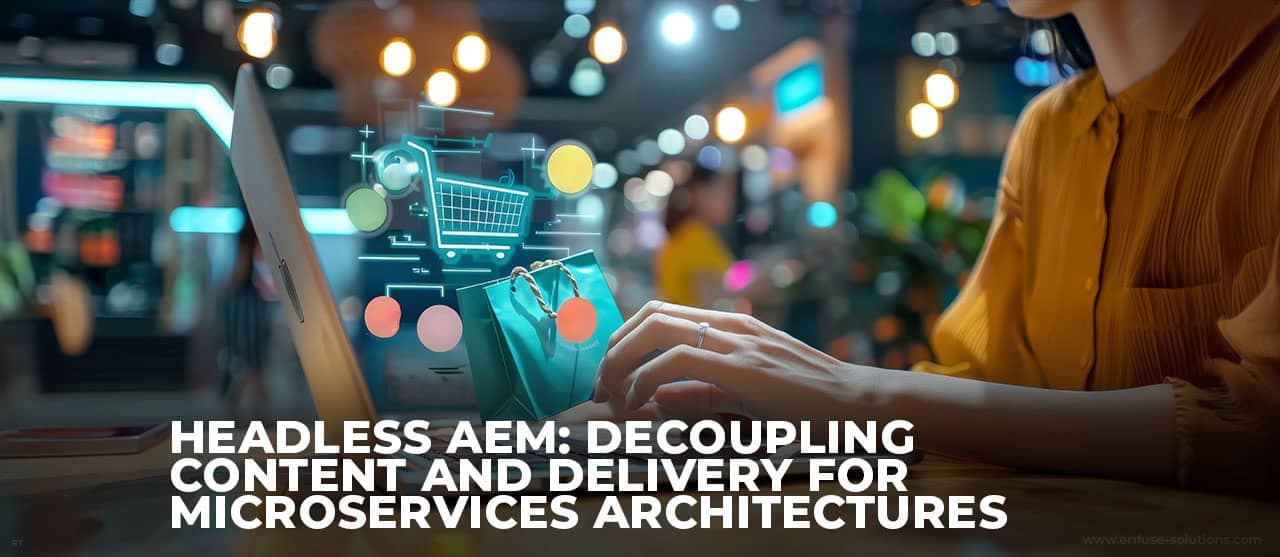
In recent years, headless AEM has become increasingly popular as a means of updating content delivery in microservices systems. Conventional AEM systems limit flexibility and impede scalability by tightly coupling content management and delivery. The implementation of a headless AEM approach offers a decoupled methodology, effectively differentiating content management from content delivery and aligning with the surging trend of microservices.
This discussion shall delve into the notion of headless AEM, highlighting its benefits and how it empowers businesses to harness the capabilities of microservices for extensive and personalized content dissemination.
What Is Headless AEM?
The architecture of Headless AEM, also referred to as Adobe Experience Manager Headless, divides the delivery and administration layers of a CMS. This facilitates the transmission of content through APIs to various channels and devices. In traditional CMS designs, the dissemination of content across multiple platforms poses difficulties due to the close link between display and content layers. The utilization of a headless CMS design allows for enhanced flexibility and adaptability, as content control is detached from its display layer.
Benefits Of Headless AEM For Microservices
-
Increased Flexibility
Headless AEM provides heightened adaptability, especially for eCommerce companies. It allows effortless content generation and distribution across various platforms such as websites, mobile applications, kiosks, and social media networks.
By separating content from the presentation layer, businesses can deliver content to any channel or device without constraints. This flexibility enables enterprises to efficiently reach their desired customer base and stay ahead of the competition by adapting to emerging technologies and trends.
-
Improved Scalability
Headless AEM revolutionizes scalability for enterprises. The separation of the back-end and front-end allows each layer to expand independently to meet specific demands. For example, companies can easily increase server capacity during peak sales or promotions without impacting content delivery. This ensures a smooth user experience regardless of traffic volume.
-
Faster Development Cycles
Headless AEM accelerates development cycles. By separating front-end and back-end components, developers can work on their respective layers simultaneously without dependencies. This speeds up development, enables more frequent deployments and updates, and facilitates the addition of new features or functionalities to the platform.
-
Omni-Channel Delivery
Providing a consistent experience across many platforms and devices may be difficult with a traditional CMS. On the other hand, a headless strategy enables content producers to offer unified and customized content across all platforms, resulting in a uniform consumer journey. Customers want impeccable service at every touchpoint in the omnichannel retail ecosystem of today, and headless AEM helps deliver on that promise.
-
Future-Proof Architecture
Businesses want a CMS that can adapt to new trends in the ever-changing technology world. Headless AEM makes it possible to seamlessly integrate cutting-edge channels and technologies into current systems, guaranteeing outstanding client experiences without hiccups or delays. The platform guarantees efficacy and relevance in delivering exceptional client experiences amongst the ongoing advancements in technology.
Implementation Considerations
-
Building APIs For Content Retrieval And Management
APIs function as the conduit between the back-end content repository and front-end application, facilitating the distribution of content across various channels. Organizations must consider the intricacies and potential expenses of constructing and sustaining these APIs. Depending on the scope of the project, specialized resources or dedicated tools may be necessary to ensure optimal efficiency, scalability, and security.
-
Choosing And Developing Front-Ends For Different Channels
Organizations must carefully select and create suitable front-end applications for each channel to deliver headless AEM content. These applications not only render the content but also provide a seamless user experience. Factors such as the targeted audience, device compatibility, and performance considerations should guide the selection of front-end technologies for each channel.
-
Potential Need For More Technical Expertise Compared To Traditional CMS
Headless Adobe Experience Manager presents a higher level of complexity compared to traditional CMS, with multiple components and tiers that must work together seamlessly. Content creators use the AEM interface, while developers collaborate with APIs and front-end technologies to distribute the content. This increased complexity may require organizations to have a higher level of technical proficiency or seek assistance from AEM specialists.
Use Cases For Headless AEM
-
Building Modern Web Applications (Single Page Applications) With A Headless CMS
Popular dynamic and interactive web experiences are being developed using SPAs, including React, Angular, and Vue.js frameworks. However, effectively handling content on these SPAs necessitates a headless CMS. For this purpose, Headless AEM proves to be an optimal choice as it offers a formidable CMS equipped with a potent API layer that seamlessly blends with any chosen SPA framework.
Developers can concentrate on producing unparalleled UI and UX for their web applications by separating the front end from the back end. The boundaries of a conventional CMS no longer constrain them, allowing their creativity to flourish without limitations.
-
Delivering Content To Mobile Apps, IoT Devices, And AR/VR Experiences
Currently, individuals can acquire content and utilize services through a multitude of devices and platforms including mobile applications, IoT devices, and AR/VR encounters. Nonetheless, creators may face difficulties in managing the distinct specifications for disbursing content across these platforms.
This is precisely where headless AEM comes into play, simplifying the intricate procedure. AEM’s headless methodology facilitates the effortless distribution of content across various channels and devices via its RESTful API. This functionality empowers content creators to uphold a singular origin of veracity, independent of platform or device.
-
Integrating Content With Custom Back-End Systems For Personalized Experiences
Utilizing Headless AEM, businesses can seamlessly merge their content with bespoke backend systems such as CRM systems, eCommerce platforms, and marketing automation tools. By doing so, these entities are empowered to tap into valuable customer data from these systems to curate personalized content for end-users.
For instance, a retail platform could showcase individualized product recommendations on its webpage by harnessing customer insights gleaned from a CRM system. This valuable application greatly enhances the customer experience, like a valuable treasure for companies seeking to elevate their consumer interactions.
Conclusion
In essence, the uptake of headless AEM goes beyond mere tech changes; it’s a strategic leap towards embracing the agility and scalability craved by today’s digital setups. By breaking free from old-school CMS setups, headless AEM gives businesses the power not just to meet current demands, but to foresee and adapt to upcoming shifts seamlessly.
Its knack for blending in with state-of-the-art tech and handling various scenarios showcases its pivotal role in driving content innovation. As firms wade through the murky waters of digital transformation, headless AEM emerges as a game-changer, not just providing fixes, but opening up vistas for growth, distinction, and enduring success in the industry.
Discover the difference by partnering with EnFuse Solutions! We provide development and integration support for AEM to create captivating and impactful digital experiences tailored to your target demographic. Whether you require Adobe Experience Cloud setup, project management, or analytics, our team has the knowledge to help you succeed.
Our team of experienced AEM architects and developers will design and implement bespoke solutions that smoothly connect the AEM platform with your ecosystem. Let us help you make a lasting impact on your audience while being functional, contact us today to begin your digital adventure.






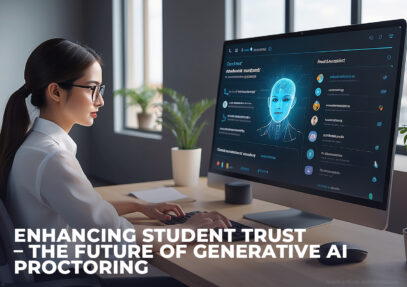
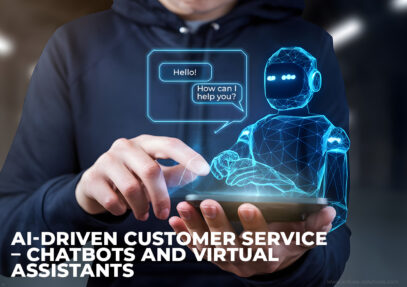
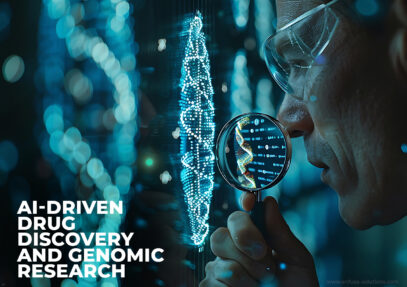


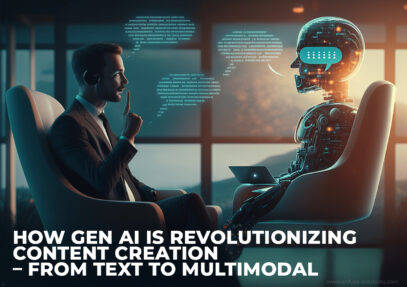

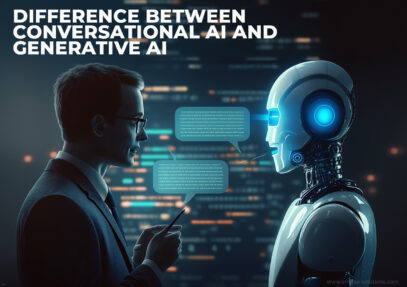

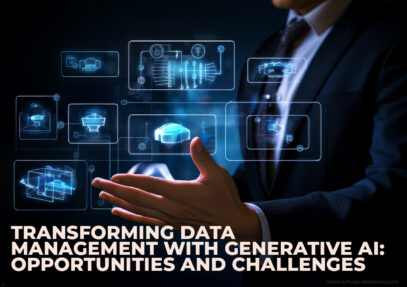

Comment